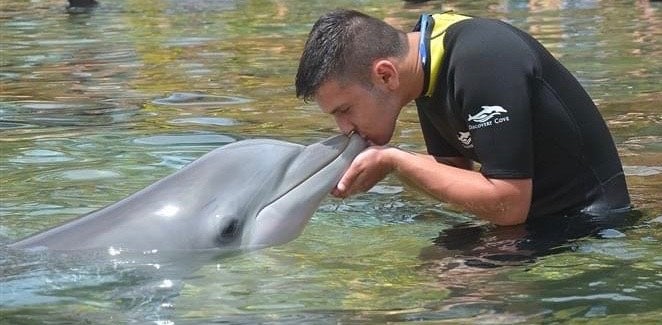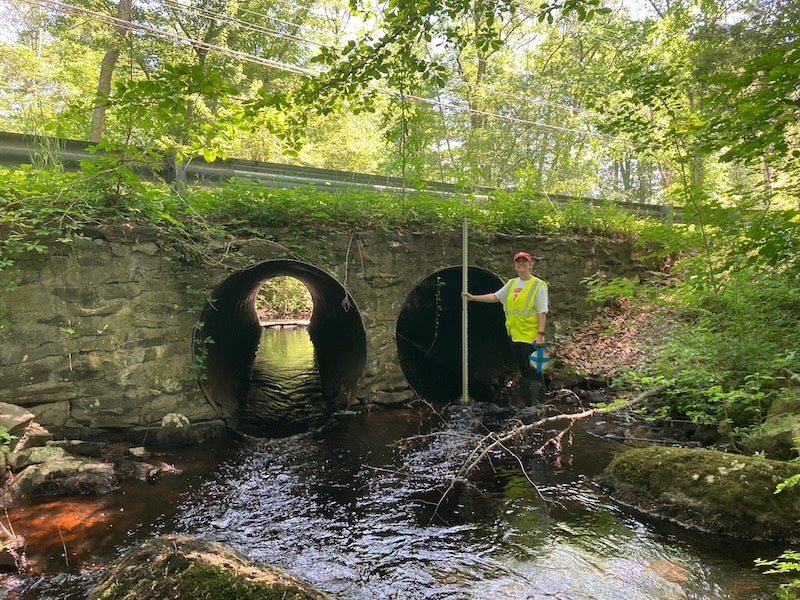URI’s Master of Environmental Science and Management (MESM) is an interdisciplinary graduate program designed to build expertise in applying environmental science and technology to real-world problems. There are eight specializations available ranging from conservation biology to earth and hydrologic science.
Students learn to understand the scientific basis of environmental issues; use statistical methods to analyze and interpret data; develop practical, multidisciplinary solutions to environmental problems; and communicate scientific findings effectively to the public, policymakers, and experts.
A key component of the program is hands-on experience. This summer, thirteen students are completing internships. “Internships let students see how the skills they learn in a classroom are used in real-world situations.” says Michelle Peach, MESM Co-Director. “Students appreciate being able to make a meaningful impact while also building professional connections.”

Jason Kaplan, from East Meadow, New York, is working with Save the Bay’s Aquarium. He interacts with the public via several different exhibits, including three touch tanks, and provides education on the species and habitats.
“A highlight of the internship has been educating the public,” Kaplan says, “and being part of an organization that cares to educate everyone on the important issues around us and that each species in the ocean or bay has a role.”
Kaplan is pursuing MESM’s Environmental Communication track and says he appreciates the opportunity to work directly with a local community to apply what he’s been learning in his courses.
“I’m looking forward to finishing my education on all the different sections of the aquarium so I can be more of an all around resource for the aquarium and its guests,” he adds.
Julia O’Hara, from Westport, Massachusetts, is working on a variety of restoration projects alongside Wenley Ferguson, Director of Habitat Restoration, at Save the Bay.
She has been digging drainage features to minimize pooling on salt marshes, improving terrapin habitats, and planting native plants. O’Hara is also working on an ArcGIS Story Map to educate local communities about the Kickemuit dam removal project that Save the Bay is working to improve hydrologic connectivity and restore the tidal estuary. “This improves water quality, stream connectivity for fish and wildlife, and helps the salt marsh to naturally migrate upland,” O’Hara says of the project. “Upland migration of salt marshes is important for habitats to be sustainable with sea level rise occurring.”
O’Hara, who is pursuing the Wetland, Watershed, and Ecosystem Science track, first connected with Ferguson and Save the Bay while working on a salt marsh restoration project at Mass Audubon’s Allens Pond Wildlife Sanctuary. “I’ve learned a lot working with her,” O’Hara says of Ferguson. “I’m thrilled to have the opportunity to work closely with people who have a great deal of knowledge and experience and in beautiful places outdoors. The internship has been valuable in teaching me the hands-on skills I need to achieve a career in ecological restoration, which is my goal.”

